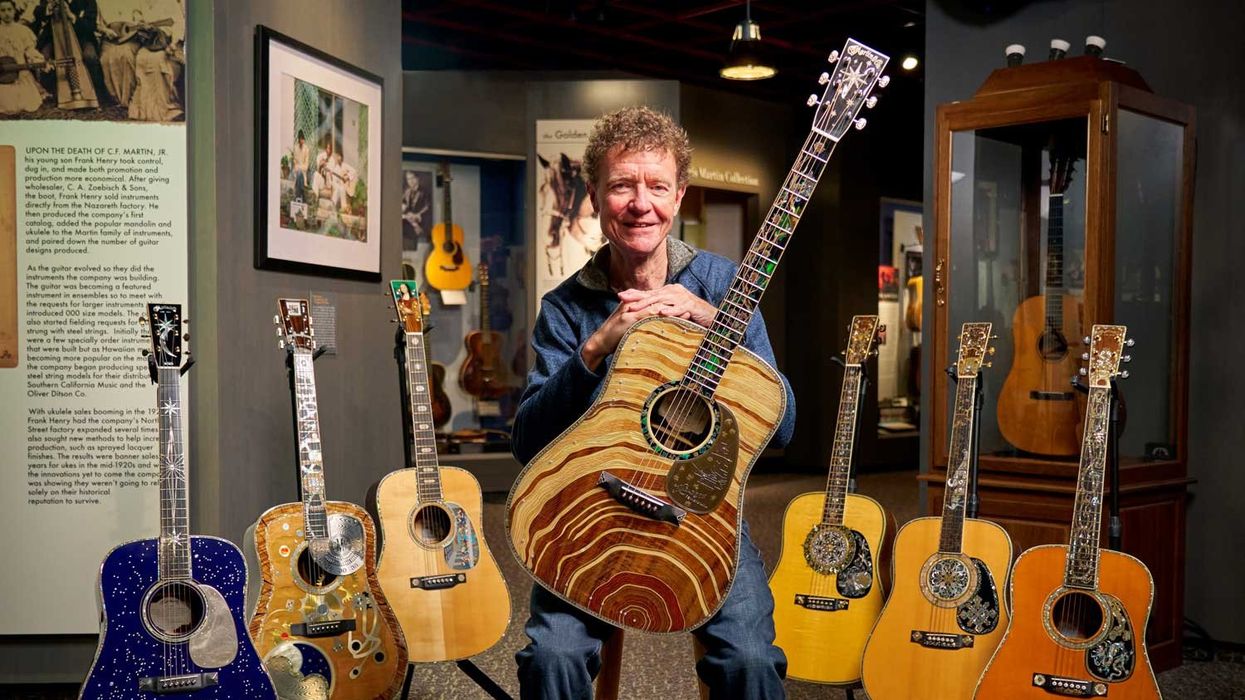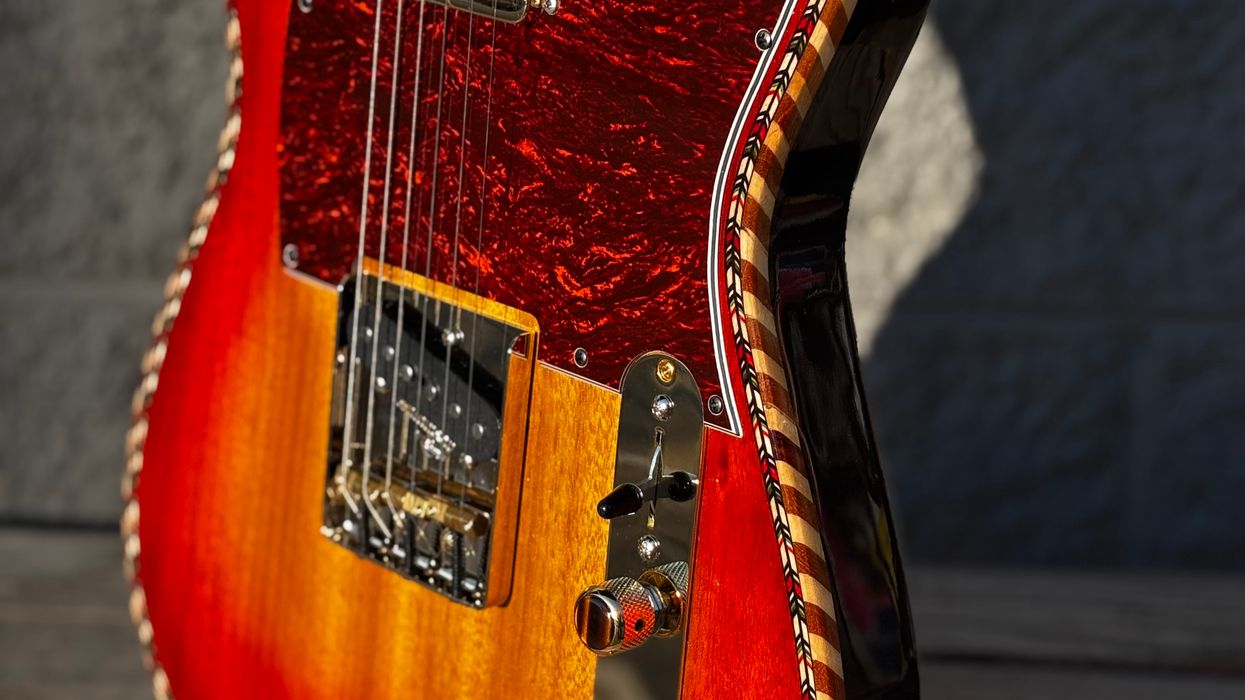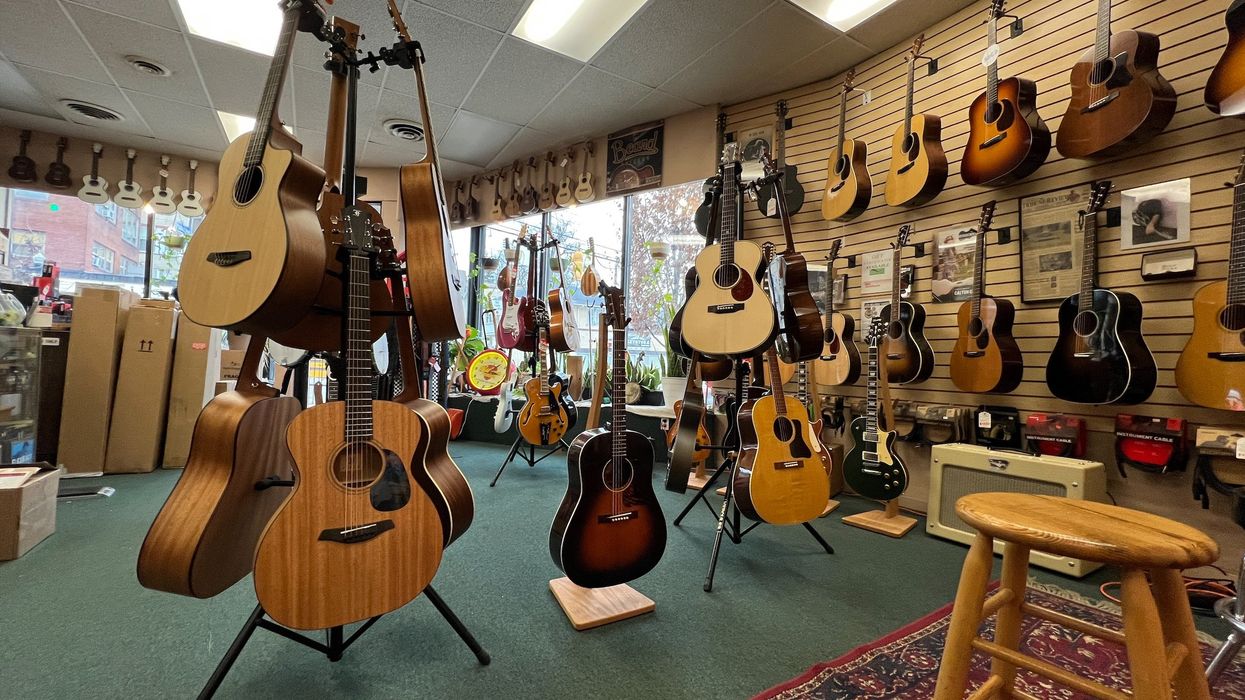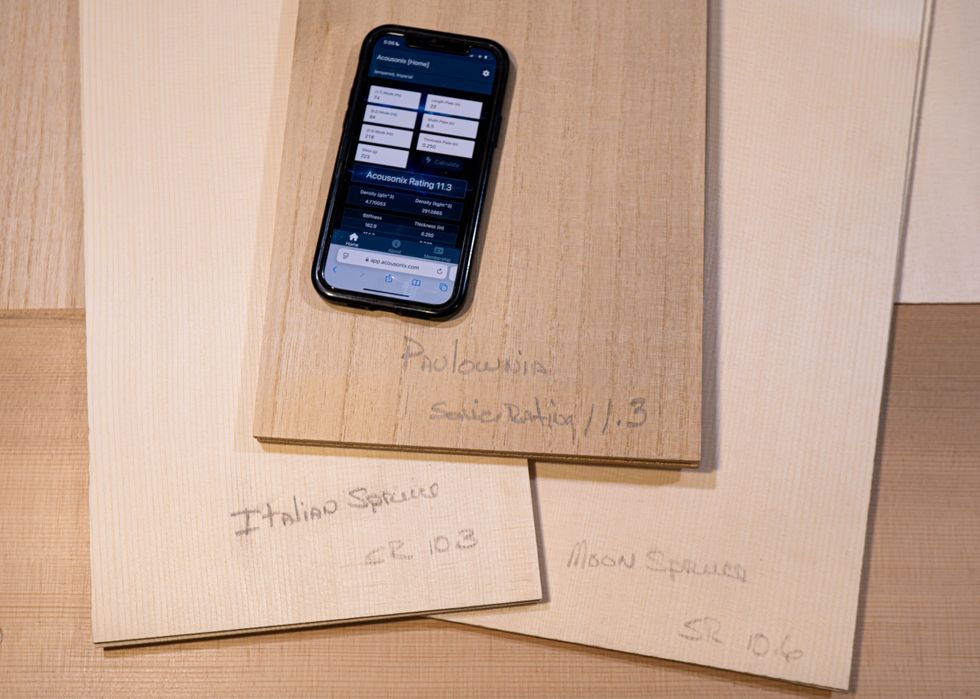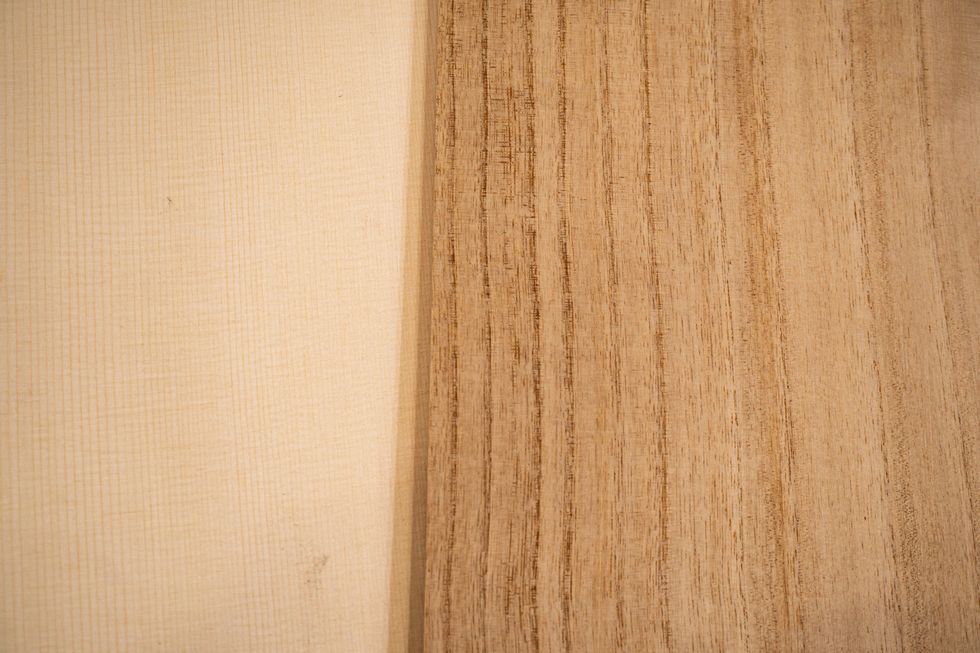When I first took my stab at lutherie, I mostly did maintenance work. Fret work, bone nuts and saddles, and basic setups made up the bulk of my daily agenda. I was exposed to many great guitars, both acoustic and electric. And even though I played electrics out on the gig, my primary interest was always acoustic guitars. I was just obsessed with figuring out what made them tick. Once I moved into instrument making, I found it difficult to produce the concert-level quality instruments I had become so accustomed to in my repair days. I was inspired to take a more analytic approach to instrument making, which was ultimately an attempt to tighten-up the consistency, tone, and overall playing experience for my customers.
The science of instrument making is an extraordinarily interesting world. My studies began with basic data collecting, such as material strength and weights, until I eventually developed a spreadsheet to better track my builds and improve the sound quality of my guitars. Eventually, this approach introduced me to a whole culture of scientists and engineers that were pursuing the same passion, and they were very open to the exchange of information. This solidified my commitment to the field of voicing science, and vastly improved the quality of my instruments.
What we are experiencing today is an explosion in the study of sound. This is a revolution that has been decades in the making.
Over time, these methods have picked up steam, with most of today’s hand-builders adopting some level of voicing science to improve the outcome of their instruments. In the end, all of this is an attempt to unlock the methods of the finest luthiers, such as the violin makers building in the European tradition, makers such as Lloyd Loar, or even the Martin Guitar Company’s contributions from the mid-to-late 1930s.
But what we are experiencing today is an explosion in the study of sound. This is a revolution that has been decades in the making. My first exposure was in the ’90s when I met a classical guitar maker by the name of Richard Schneider, who worked alongside a physical chemist named Michael Kasha, who was not a luthier himself. Together, they teamed up and made many advancements in the science of sound. Another major push was the book Left-Brain Lutherie written by David C. Hurd, Ph.D. This is a great think-book that put most modern luthiers on the path of analytical guitar making. In our shop, this book was on the bench constantly, as it helped us maneuver through many tough questions about instrument acoustics. Most recently, Australian luthier Trevor Gore published Contemporary Acoustic Guitar Design and Build, which has been a go-to for most modern luthiers. Trevor is a talented builder, and his contributions will inspire many others to come.
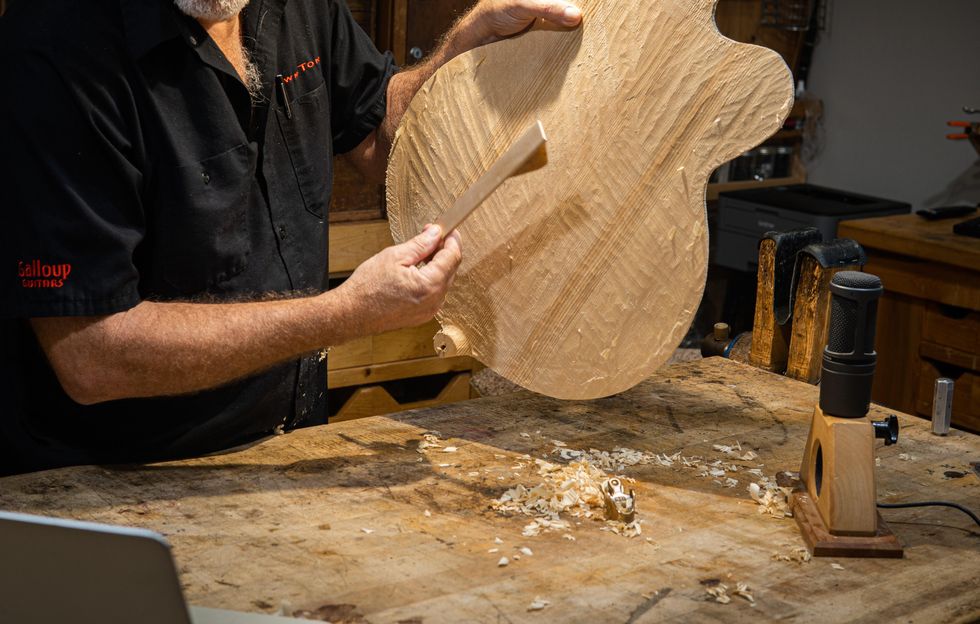
Precision building is crucial for the best, most harmonically rich tops.
But what does this mean to you, the player? This is the question. In the early ’90s, us builders noticed a major improvement in the quality of builds in the micro-building market. This was mostly due to groups such as the Guild of American Luthiers and the Healdsburg Guitar Festival. These groups offered a platform for guitar makers to compare notes, and this information exchange vastly improved the qualities of their builds. About five years after that, we all noticed everyone’s building style and finish went through a major transformation. This illustrates why the dawn of voicing science is so important—the exchange of science and information improves instrument quality for everyone. This is what is happening now. All the serious makers are currently implementing techniques set into motion by the research of the past 40 years and are sharing their findings with the world.
These days, I am noticing a major improvement in the tone and the stability of acoustic instruments. One builder who stands out in my mind is Colorado luthier Michael Bashkin, whose OM classical guitar is a major play for tonal excellence. So, for you the guitar buyer, this is a very good time to be shopping around the custom-guitar market. There is no doubt we are experiencing the next level in guitar making. And it will only get better.
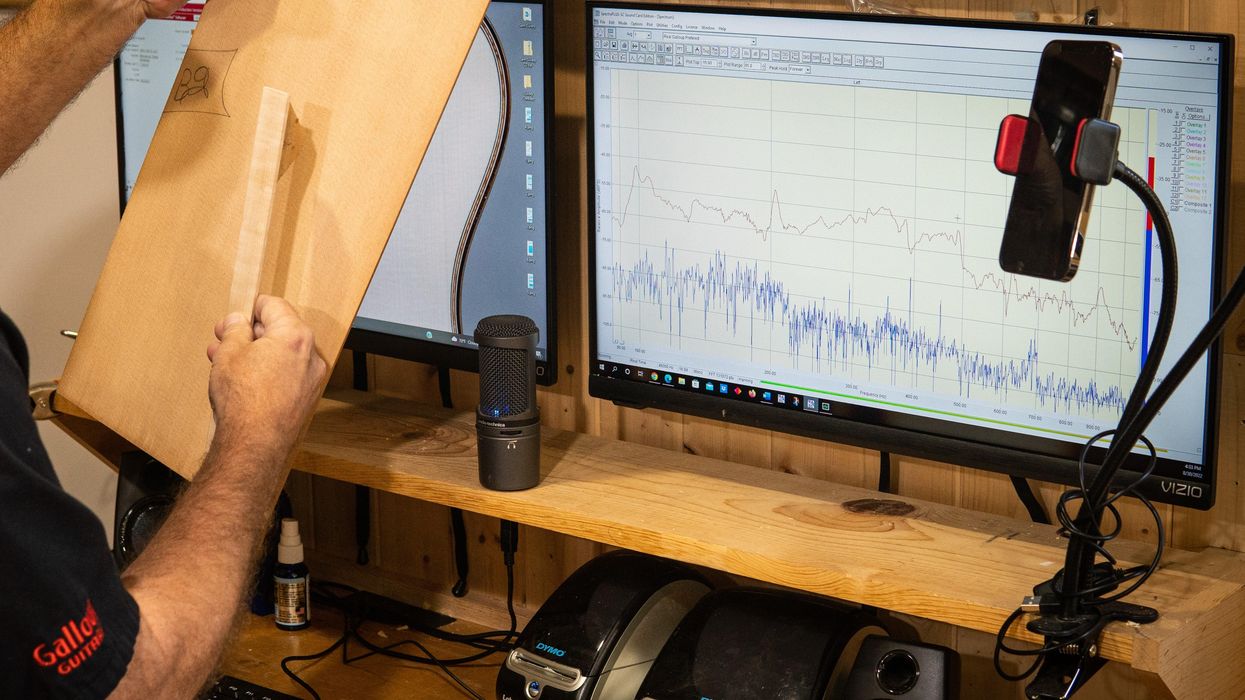


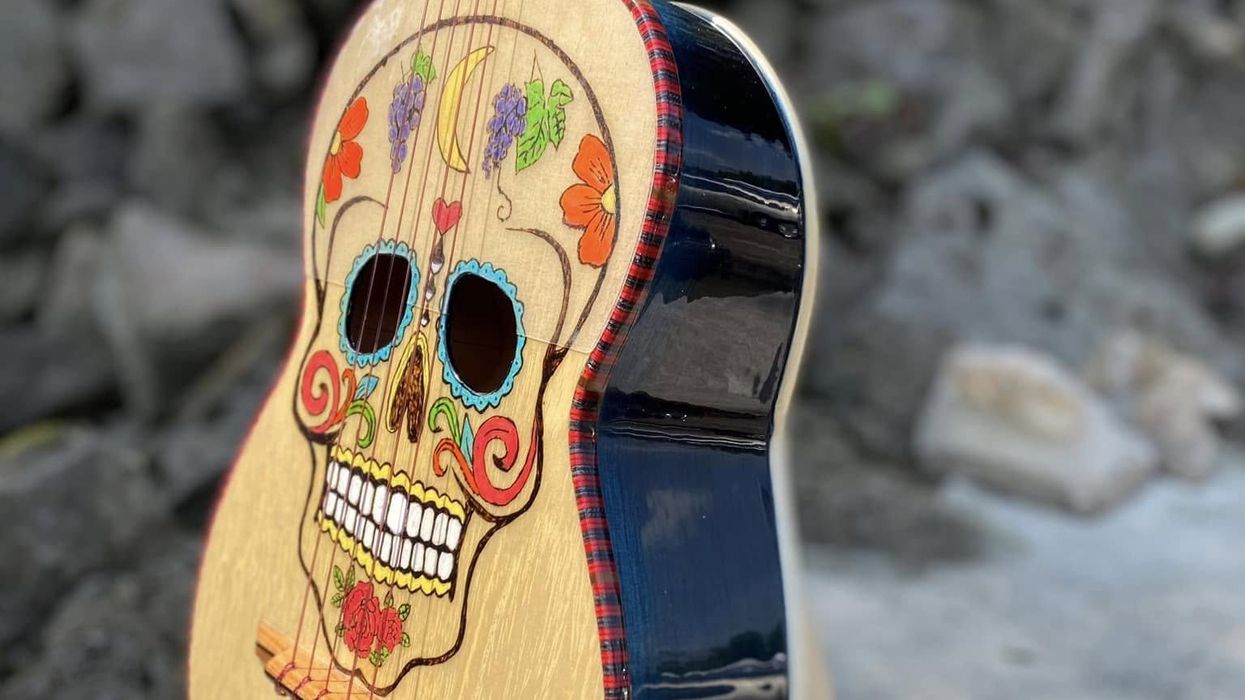
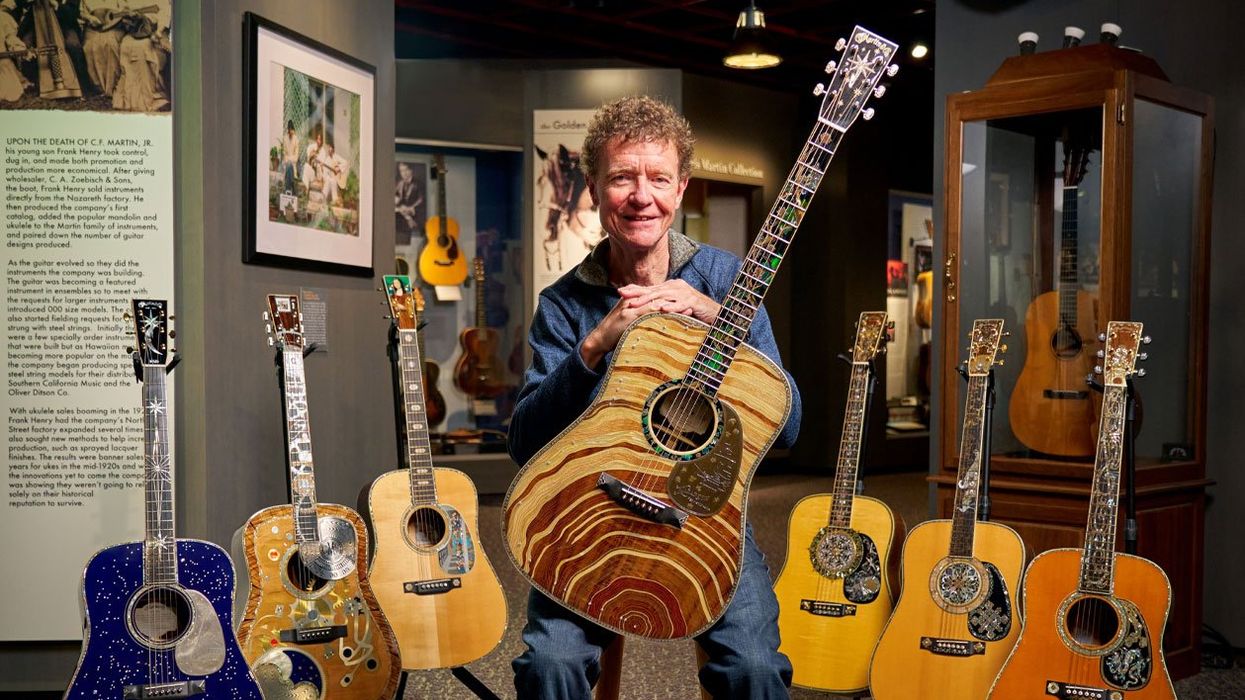
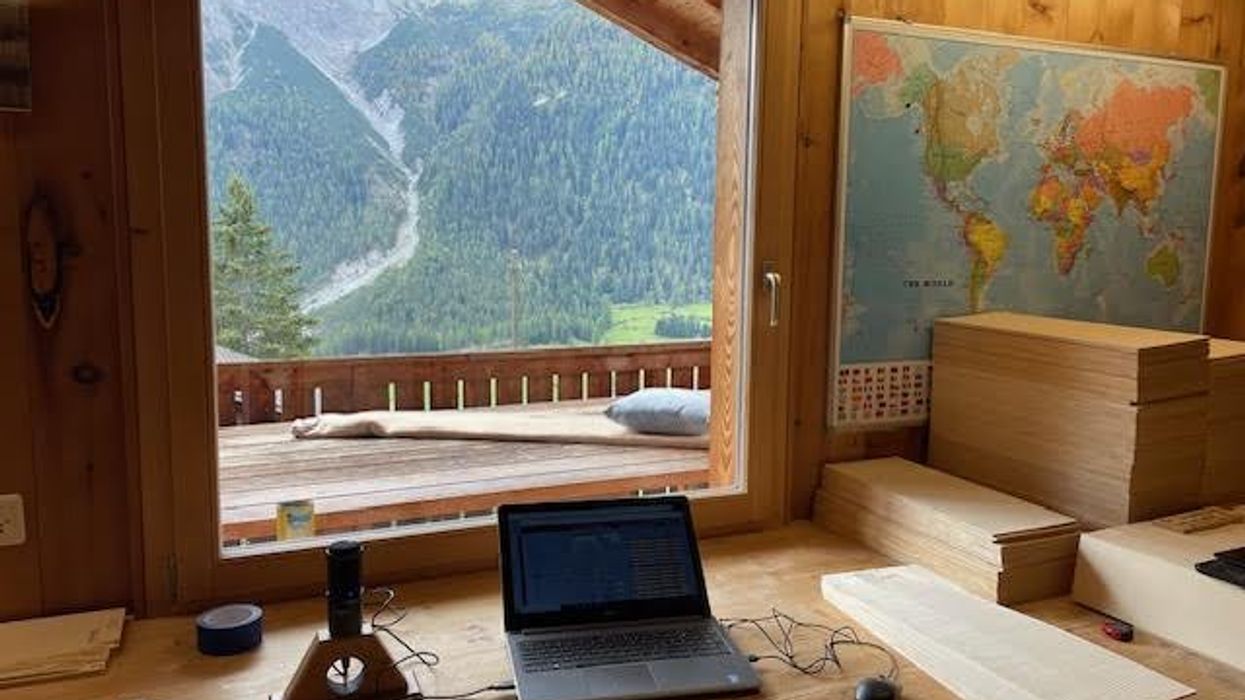
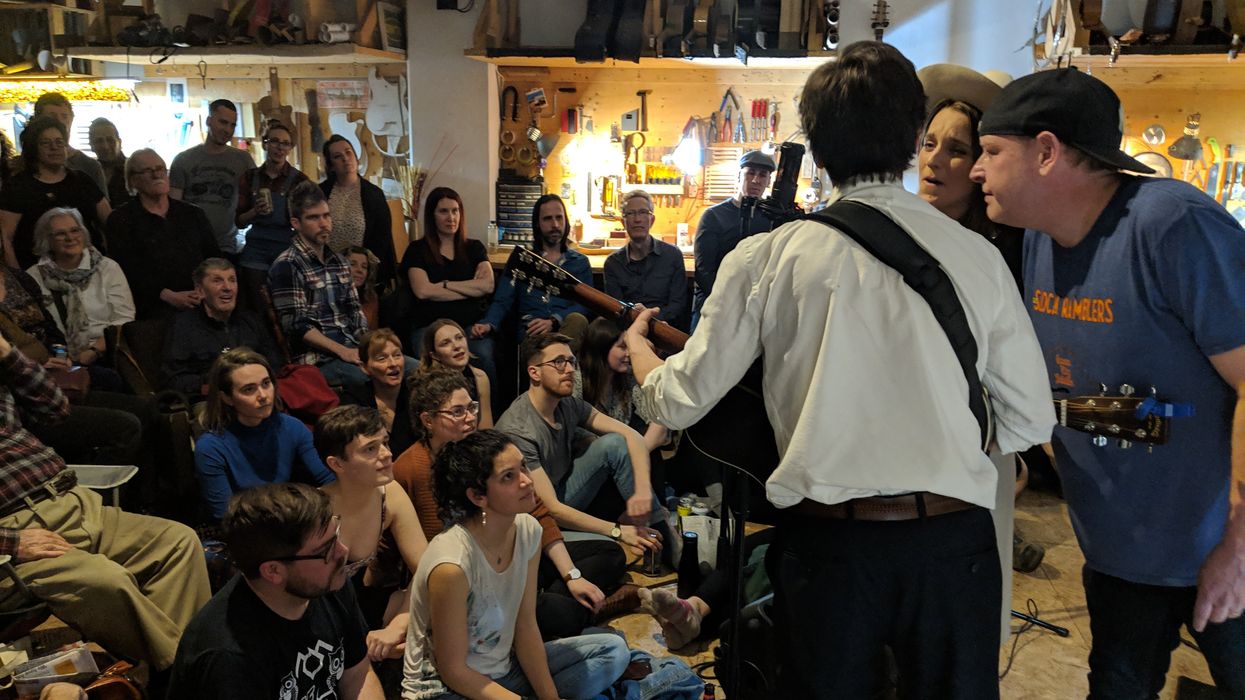
![Devon Eisenbarger [Katy Perry] Rig Rundown](https://www.premierguitar.com/media-library/youtube.jpg?id=61774583&width=1245&height=700&quality=70&coordinates=0%2C0%2C0%2C0)





